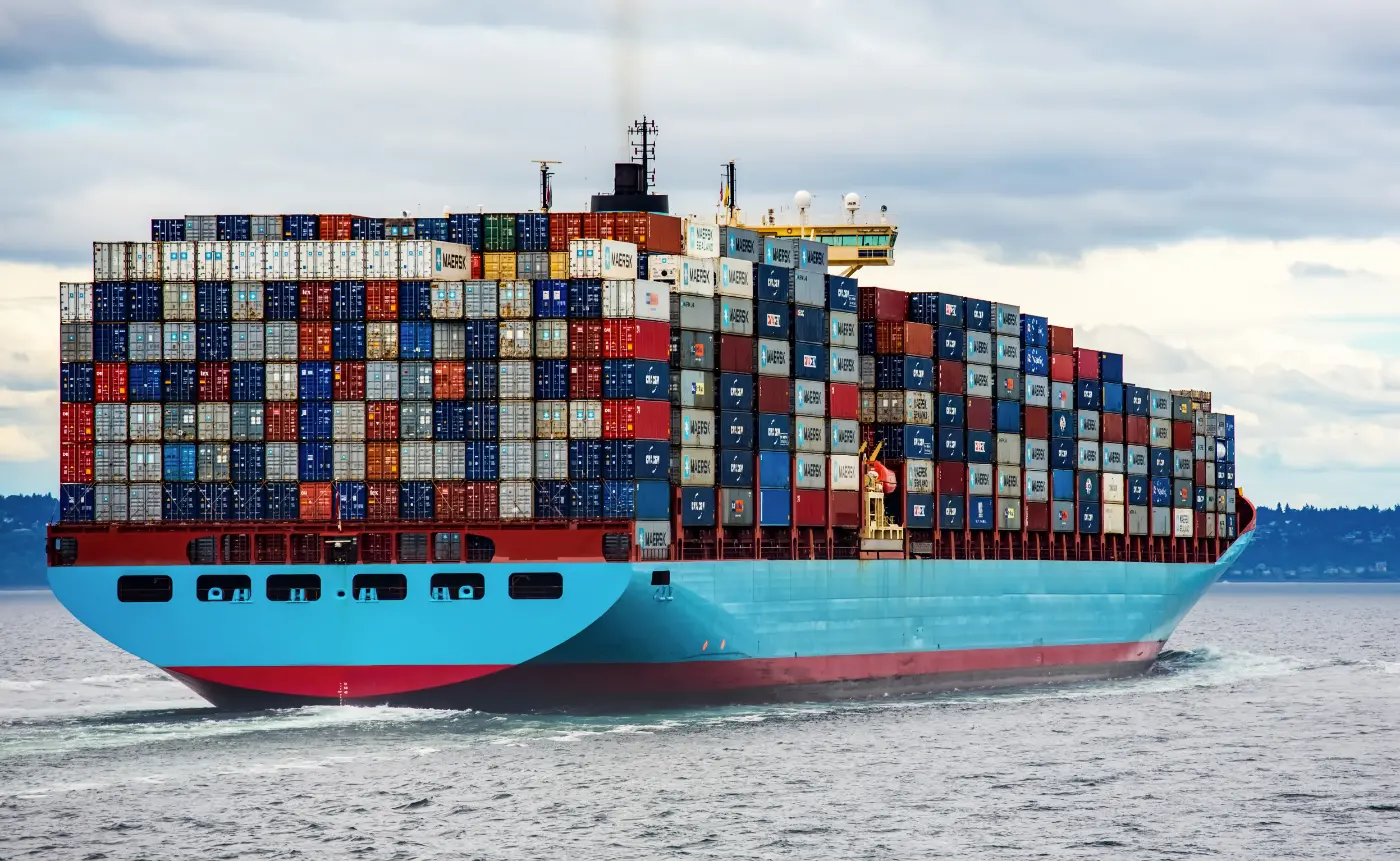Navigating the High Seas: How Billions-Worth Giant Ships Steer Clear of Collisions
In the vast expanse of our world’s oceans, a ballet of colossal vessels worth billions of dollars unfolds daily. These maritime giants, laden with precious cargo, sail across the open waters, avoiding collisions through a carefully orchestrated dance of precision and technology.

The Intricate Choreography of Maritime Navigation
The maritime industry, a cornerstone of global trade, relies on a well-coordinated system to ensure the safe passage of these behemoth ships. The primary concern is preventing collisions, a task that demands a blend of human expertise and cutting-edge technology.
Satellite Systems: Guardians of the Sea
At the heart of this operation are sophisticated satellite-based navigation systems. These technological marvels provide real-time data on a ship’s position, speed, and heading. Through a network of global positioning satellites, vessels receive accurate information, enabling them to plot their courses with unparalleled precision.
The Role of Radar: Piercing Through the Mist
While satellite systems offer invaluable insights, radar remains an indispensable tool in a ship’s arsenal. Emitting radio waves that bounce off nearby objects, radar systems paint a visual representation of the ship’s surroundings, even in adverse weather conditions or low visibility. This invaluable information empowers captains and crews to make timely decisions, steering their vessels away from potential hazards.
AIS: A Beacon in the Digital Sea
The Automatic Identification System (AIS) acts as a beacon, broadcasting vital information about a ship’s identity, position, course, and speed to nearby vessels and coastal authorities. This digital exchange of information ensures that ships can anticipate each other’s movements and take corrective actions if necessary.
Human Expertise: The Final Line of Defense
Behind every navigation system lies the watchful eyes and skilled hands of experienced mariners. These professionals are adept at interpreting data, making split-second decisions, and maneuvering these mammoth ships with finesse. Their years of training and accumulated wisdom are the last line of defense against potential collisions.
The Vital Importance of Training and Simulations
Ensuring the safety of these high-value assets demands rigorous training. Captains and crews undergo simulations that replicate various scenarios, allowing them to hone their skills and instincts. These simulated exercises prepare them for real-world situations, where split-second decisions can mean the difference between a safe voyage and a catastrophic collision.
Conclusion: A Symphony of Safety
In the realm of maritime navigation, the orchestration of billion-dollar ships is a testament to human ingenuity and technological prowess. Through a harmonious blend of satellite systems, radar technology, AIS, and the expertise of seasoned mariners, collisions are avoided, and goods are delivered across the globe safely and efficiently.
As these maritime giants continue their journeys across the high seas, they do so with the confidence that an intricate web of technology and human skill stands vigilant, ensuring their safe passage through the world’s oceans.
VIDEO:



